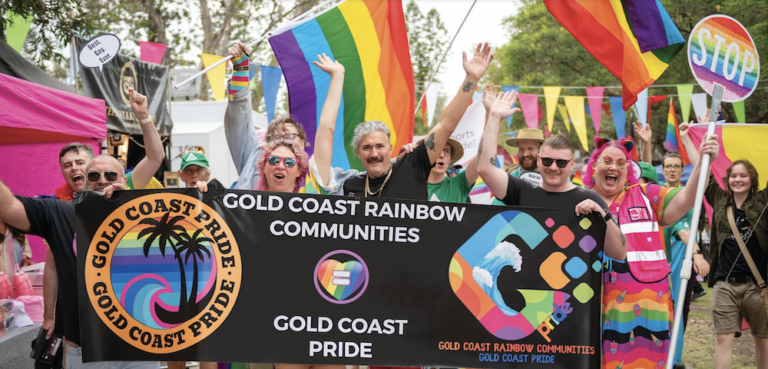
‘Every LGBT Building On Oxford Street Should Be Heritage Listed’
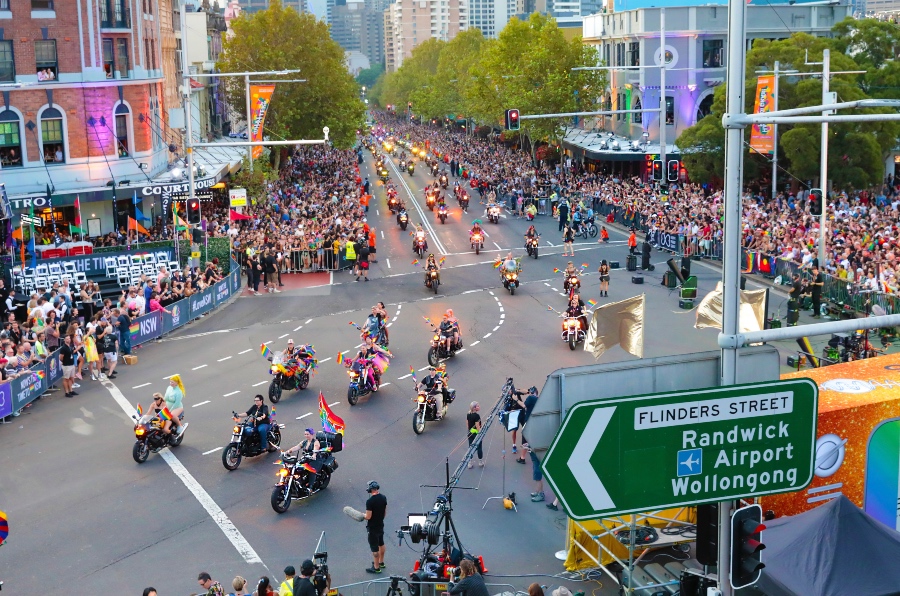
By Dr Christopher Pepin-Neff
The LGBTQI community does not require delegated recognition from the State or any other oppressor to acknowledge that which we already know to be true: Oxford Street is a queer and trans heritage location. In fact, the queer and trans aspects of Oxford Street have contributed enormously to the history and culture of New South Wales.
However, did you know that there are only a small number of LGBTQI heritage listings for buildings and venues on Oxford Street?
There are heritage listed buildings on Oxford Street but not as part of a holistic campaign to preserve the vibrancy, queerness and transness of the community. This, even though Destination NSW states, “Explore Oxford Street, which is lined with Sydney’s biggest range of LGBTQI nightlife venues and many other queer-focused businesses.”
In short, while the State is not necessary for our community to thrive, this does not mean that we should be relegated to a set of independent commercial enterprises that promote LGBTQI shops on Oxford Street, but implicitly denies the broader need to protect and celebrate one of the most successful communities of protest in Australian history. We should take action to acknowledge the more than 43 years of protest and struggle that qualifies the queer and trans strip for a place of special prominence.
Oxford Street Is Not Dead
Now, I am new to Oxford Street. I have just moved here after 10 years in Newtown. But Oxford Street is not dead. It is neglected. It is in transition. But it is the repository of LGBTQI social capital that builds trust and capacity, which has made history by driving out discrimination and driving down HIV rates for our community.
The Star Observer, in its May 2021 edition noted that the redevelopment plans for Oxford Street included incentives for new businesses to dedicate a portion of their floor plan to cultural engagement. However, this seems to miss the obvious – existing queer and trans community members are struggling and there is a gap in the dedication and prioritization of resources for preserving and celebrating queer and trans identities on Oxford Street.
Moving forward, there are two important reasons to heritage list all the LGBTQI buildings on Oxford Street. The first is the broader public message that this sends. According to the Heritage Council of NSW, “The heritage places of NSW not only reveal the story of Australia’s past; they safeguard and enrich our present and future.” The revitalization of Oxford Street is queer and trans. Oxford Street’s future should be enshrined in a pro-queer, pro-trans future for NSW.
The Council adds, “As with zoning, certainty is the driving reason for listing. By flagging our heritage places, listing gives owners and the community certainty about what is a heritage place. It provides advanced knowledge about the approval process, and confidence that future changes to listed places and surroundings will be sympathetic ahead of important decisions such as purchasing.” This second reason for heritage listing reminds me of venerable community assets like the Taxi Club, the likes of which we shall not see again.
In all, we have a moment where Oxford Street’s development meets World Pride 2023 and Oxford Street should be acknowledged for the status it already has in the queer and trans community.
Christopher Pepin-Neff, PhD is a senior lecturer in public policy at the University of Sydney. His research focuses on LGBTQIA+ politics and he is currently researching LGBTQIA+ social capital in Sydney.

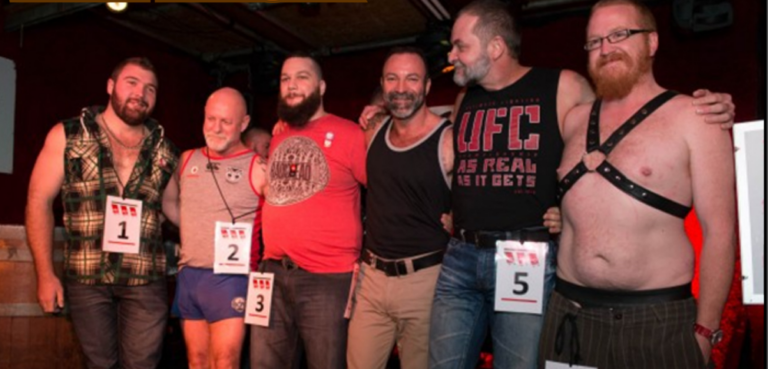




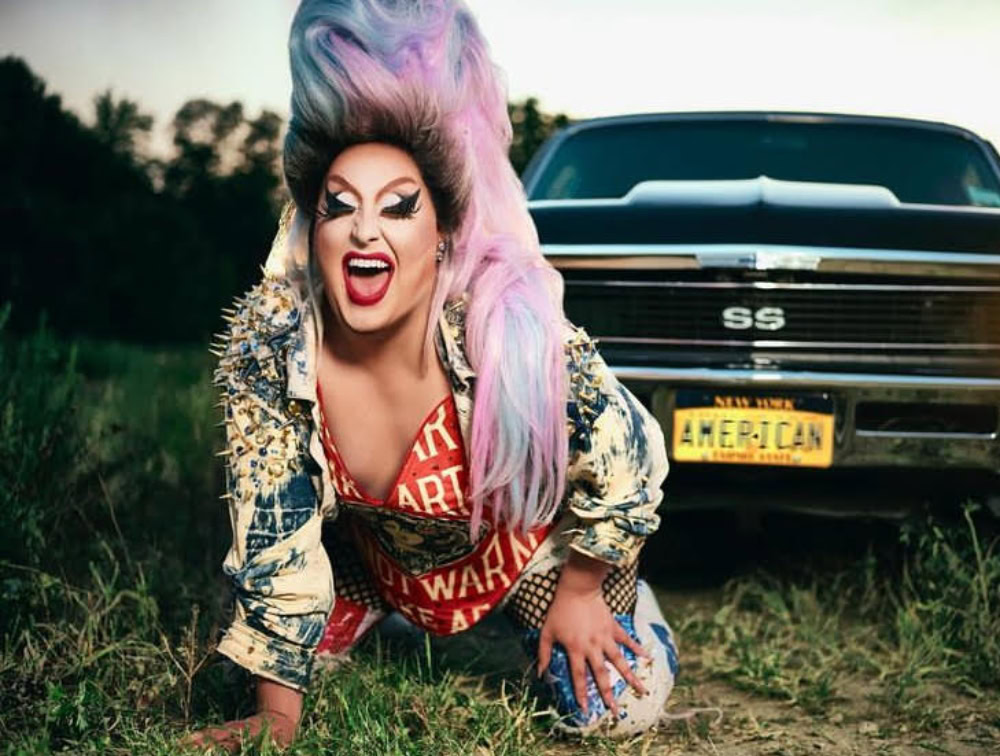


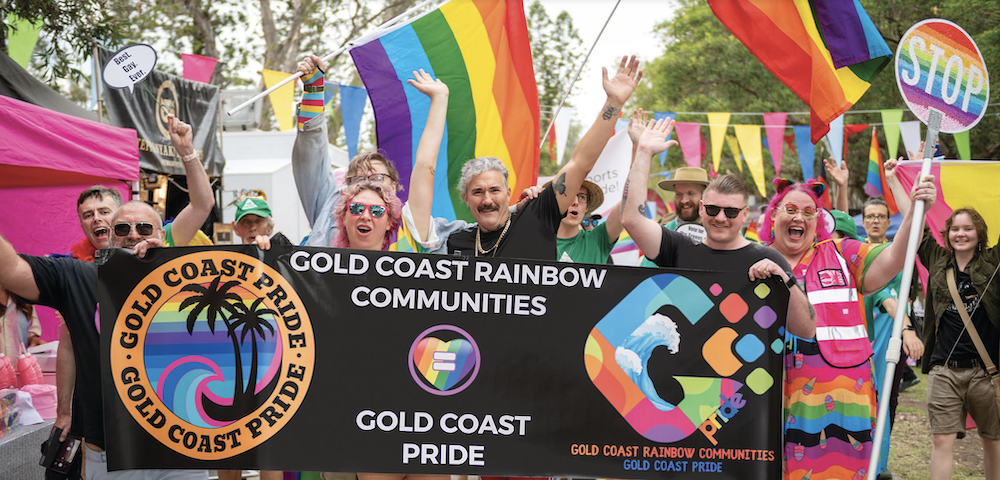
A rainbow sanctuary in Sydney city for the years to come….somewhere safe from the rainbowphobes…of any age
Long Overdue! Now if NSW would do the same thing?